What Are Sapphires?
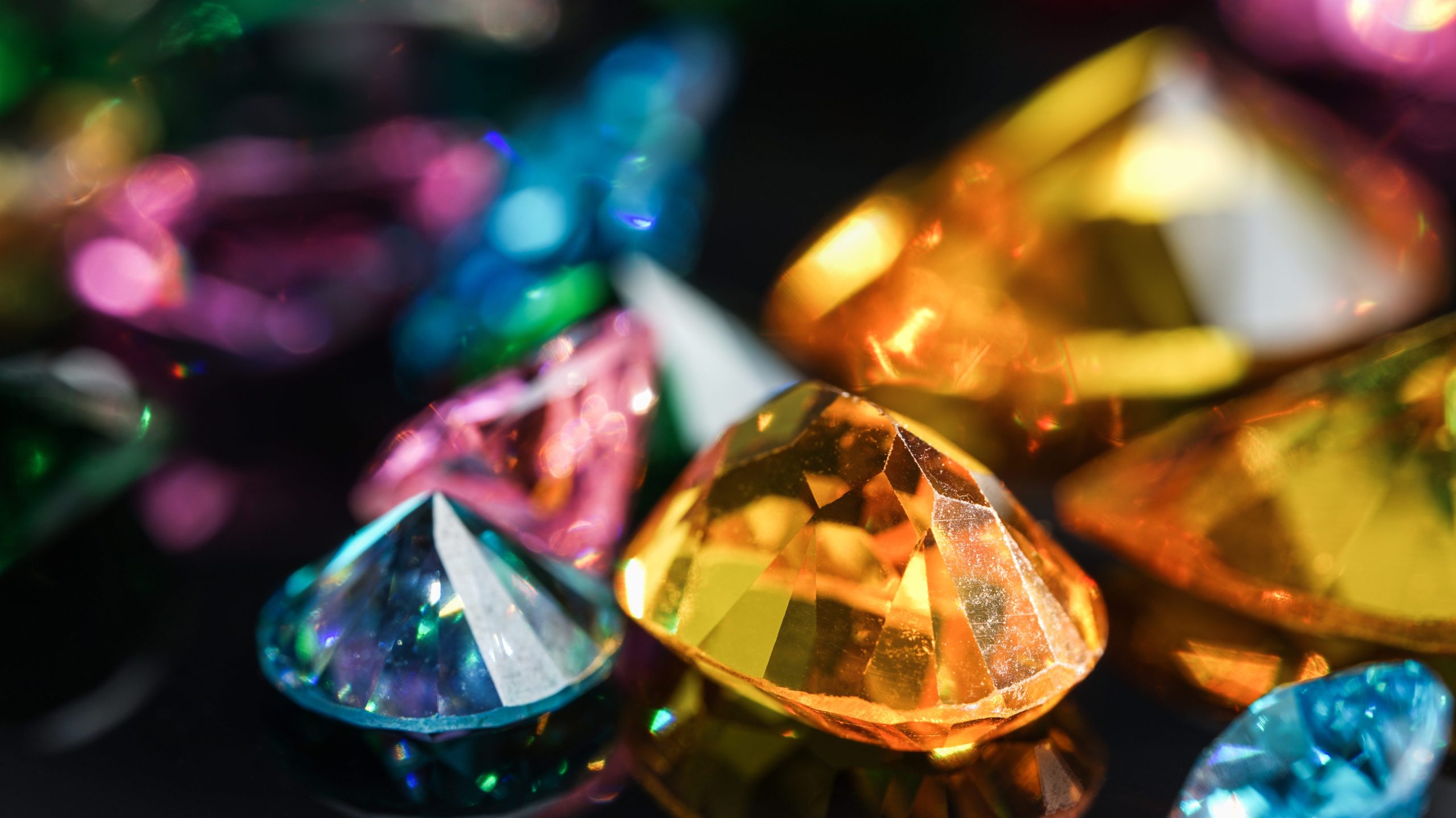
Sapphires are very usable gems. Most people think of them as blue, ranging from inky blue to bright ocean-like tones, but their color choices don’t stop there. They also come in black, white (colorless), orange, yellow, purple, brown, champagne, peach, pink and green. This included color assortment renders a sapphire engagement ring an ideal option for someone who wants a bit of rainbow in the jewelry they’ll use to display their love commitment. Like most other colored gemstones, sapphires usually experience heat and thermal treatments to enhance their hue and transparency. An engagement ring with a sapphire is a breathtaking symbol of uniqueness.
Where Are Sapphires Mined?

Sapphire mining is widely concentrated in Sri Lanka, Myanmar, Madagascar, Thailand, Cambodia, Tanzania, Australia and the US. India’s Kashmir region was once a reliable source for the famed “blue velvet” variant of sapphire but has since been depleted.
Sri Lanka is known for its beautiful “Ceylon” sapphires, which have an intense electric blue hue.
Why Choose Sapphires?
An engagement ring featuring a sapphire is an ideal choice as they are extremely durable and can last for generations. They can stand the test of time, making it a piece that can be treasured forever.
With a variety of colors, you can choose a sapphire that exudes your individuality. While diamonds are renowned for their luminosity and glow, sapphires are esteemed for their varying hues. They may not glimmer in the same way diamonds do, but it is precisely these colors that make these jewels remarkable. Of the many shades found in blue sapphires, Kashmir and Ceylon blue are considered to be some of the most in-demand.
Padparadscha sapphires, a mix of orange and pink, are some of the rarest fancy sapphires. In Sanskrit, their name translates to ‘tropical lotus flower’, echoing their gorgeous hue.
Sapphires are a timeless and eye-catching choice for an engagement ring, as each gem reveals unique shades of color. With that special touch, they make the perfect symbol of your love.
What Do Sapphires Represent?
In the course of history, sapphires have long been treasured for their mystical values. To diverse societies across the globe, the gem of a blue sapphire was symbolic of royalty, wisdom, protectiveness, and luck. Ancient Persians were convinced that our planet was created upon an immense blue sapphire, with its sky a reflection coming from this stone. Both Persians and Catholics felt that such a stone was sacred and that it matched to the colour of heaven – royal blue.
Even today, the sapphire carries spiritual significance. It’s thought to boost mental alertness and wisdom, as well as open up higher consciousness through stimulating the throat and third eye chakras.
How Much Do Sapphire Engagement Rings Cost?
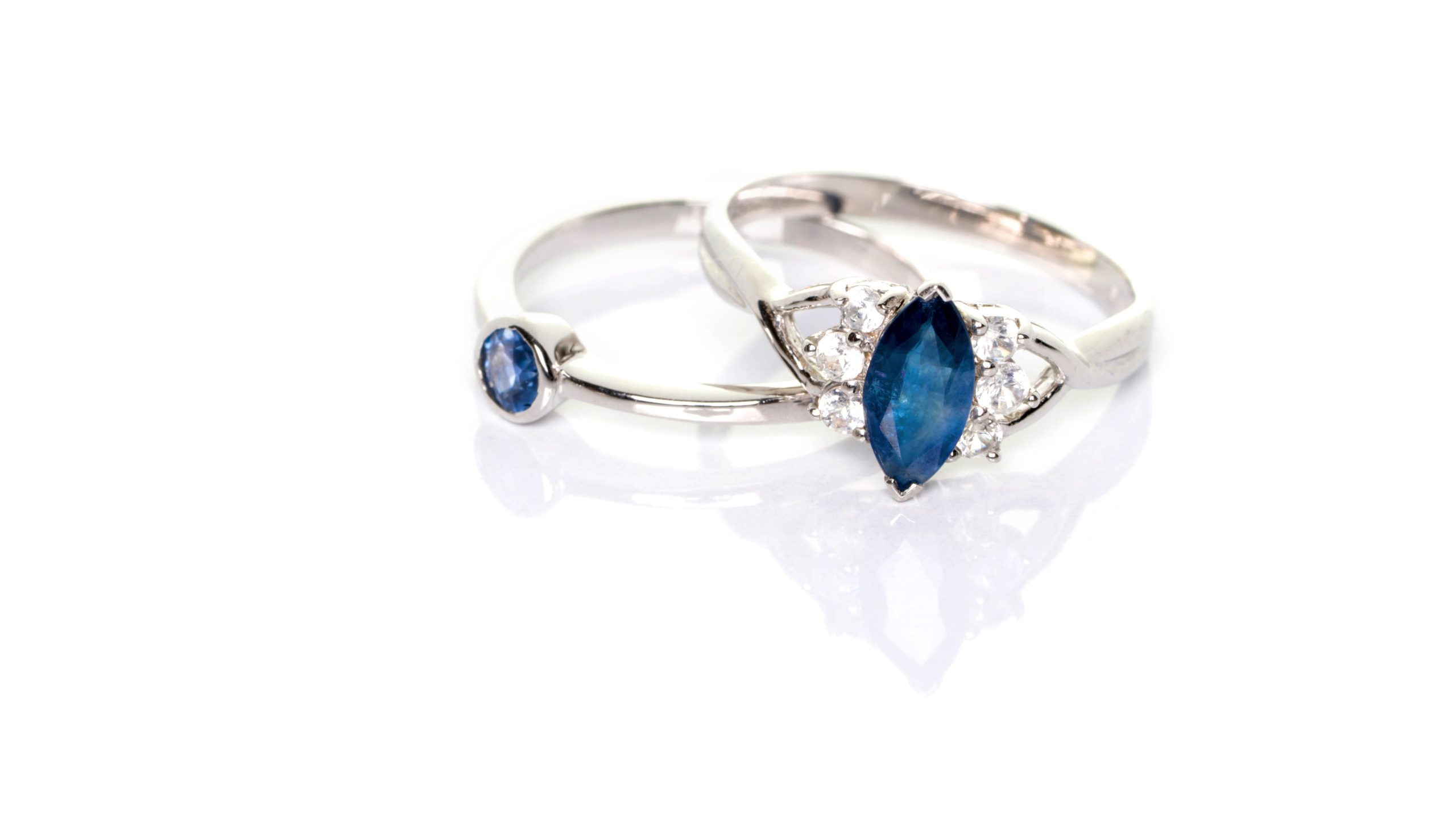
Despite being a precious stone, sapphires typically cost less per carat than diamonds. People select them for their color and vibrancy, rather than their affordability.
The carat size of a sapphire is not the same as for a diamond, as certain shades can be harder to find in larger weights. For instance, yellow and blue sapphires tend to be more abundant than the Montana (also known as padparadscha) varieties when it comes to sizes over three carats.
How Is Sapphire Quality Determined?
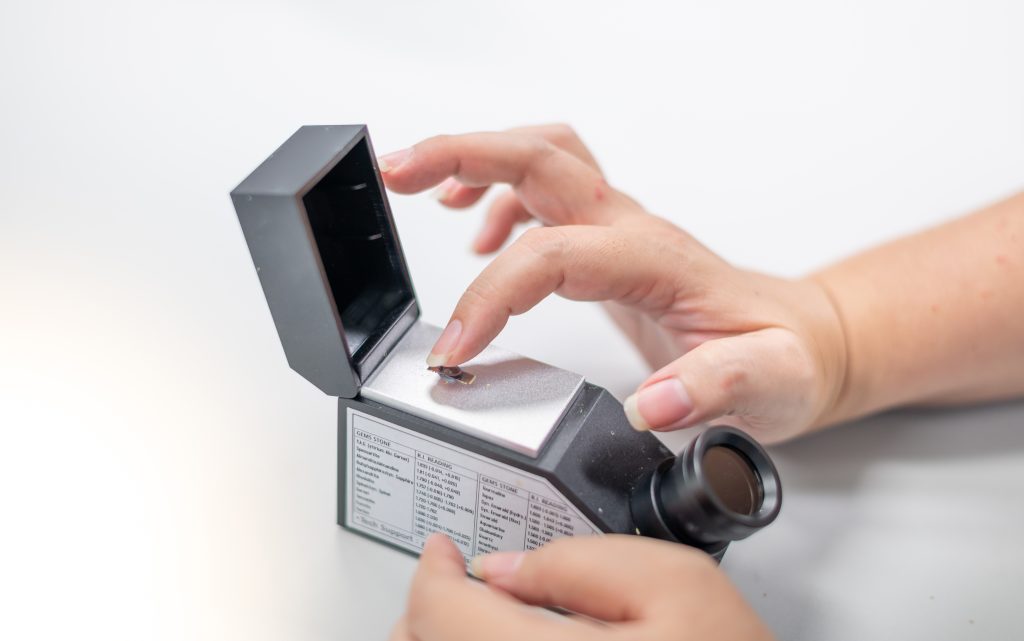
When considering a sapphire engagement ring, the most important factors to focus on are its cut, clarity, color and carat size. The gemstone’s shape and hue will determine its overall quality. Like other colored cuts, the richness of color is paramount when evaluating sapphires.
Sapphires naturally contain inclusions, but the most attractive stones are those with inclusions too small to be seen with the naked eye. Clarity is determined by evaluating the size, abundance, location and prominence of the inclusions.
What Is The Ideal Sapphire Shape?
When cutting these precious stones, the sapphire does not require as exact of a cut as diamonds do. To get the best outcome for sapphires, gem cutters try their utmost to bring out its color the most. This is particularly useful in making the gem look exquisite and appealing. Generally, gem cutters have to find a balance between optimal coloring and minimizing its inclusions.
Most jewelers believe that oval-shaped sapphires bring out the gemstone’s natural vibrancy. This is because an oval cut allows light to refract and transform the color of the stone, preventing it from becoming flat in appearance. Ultimately, however, what shape looks best for your sapphire is a matter of personal choice.
Are Sapphires Durable?
Sapphires are very durable and rate a 9 on the Mohs Hardness Scale, but their inclusions make them more vulnerable to chips than a diamond (10).
Other Colored Sapphires
Sapphires get their color from trace minerals found inside them as they cool over time. Each type of mineral creates a different color, as sapphires are made up of mostly corundum, a mineral species and form deep within the earth’s crust.
White Sapphires
White sapphires lack any minerals in their crystalline formation responsible for the addition of colour, rendering them an uncommon variety. They have been traditionally utilized as a substitute for diamonds, yet their colorless composition makes them appear dull and cloudy in comparison to other colored sapphires. These precious stones are perfect representations of devotion and can be used to form a family heirloom that will last through generations. Boasting its own loaded history, a white sapphire ring would be an unforgettable statement.
Montana Sapphires
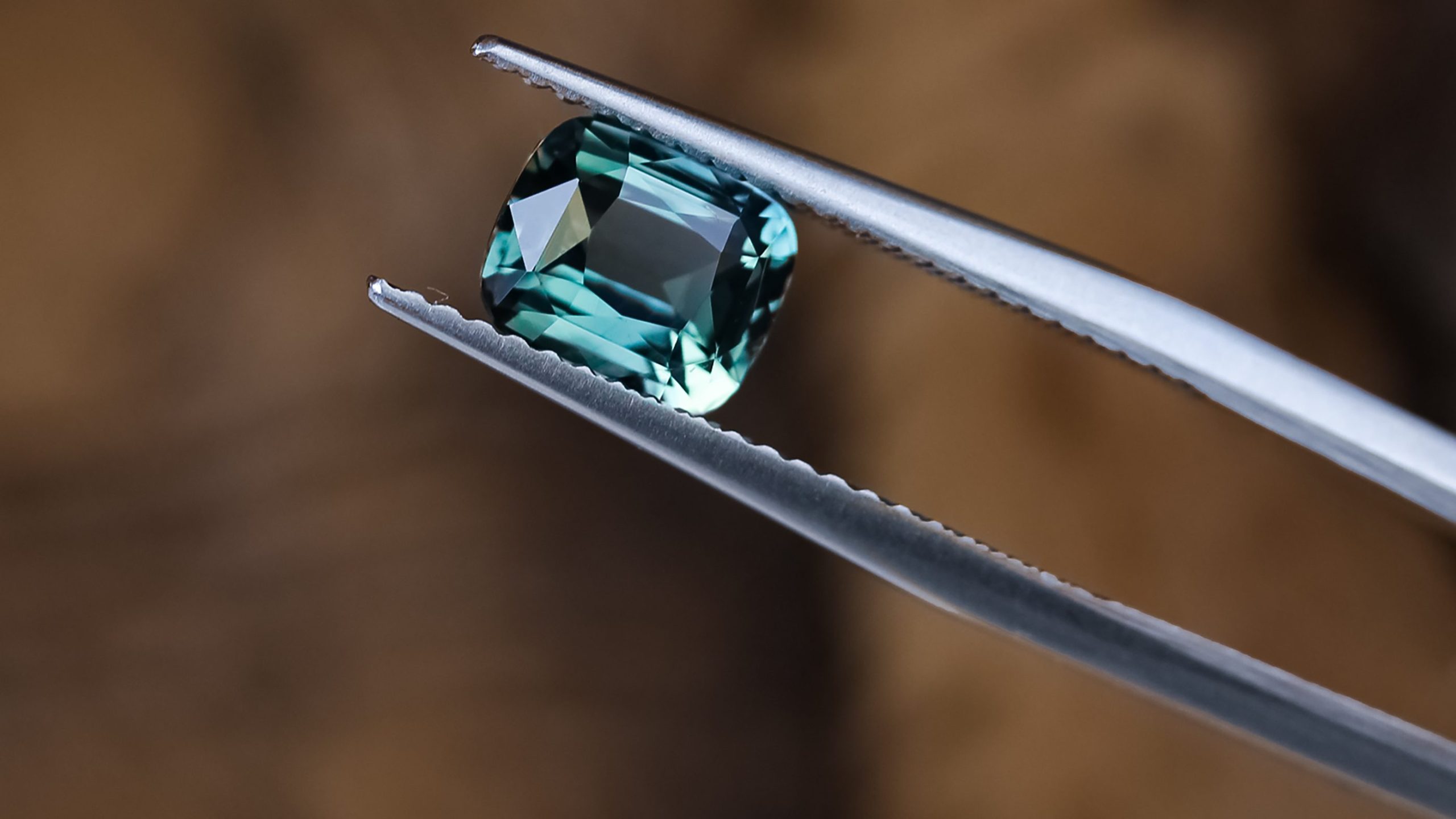
Montana should be noted for its sapphire mining; it was during the gold rushes of the 1860s that sapphires were first found. These gems weren’t valued until near 1900, when sapphire mining quickly gained popularity.
Montana sapphires commonly come out of the ground with even and eye-catching color, thus they are not usually submitted to heat-treatment. These stones are typically recognized for their typical bluish-green or greenish-blue hue. We appreciate the uniqueness of their hues and how reminiscent they are of nature and the ocean. Also, since these gems originate from America, where regulations tend to be more stringent, sourcing and excavation processes of Montana sapphires include higher wage levels and better preservation of the environment.
Padparadscha Sapphires
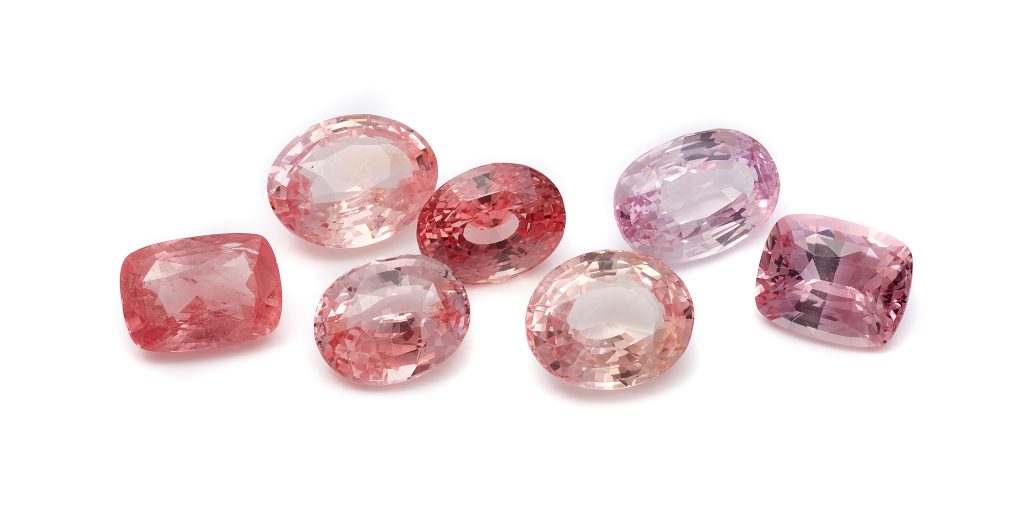
To create the unique hue of a Padparadscha sapphire, the presence of both iron and chromium must be present. This astonishing combination of pink and orange is taken from the old Sanskrit language, where it means “lotus flower”. Padparadschas are one of the rarest types of sapphires, and because there isn’t a particular standard for deeming a sapphire to be Padparadscha instead of pink or orange, many experts believe that these stones originate solely in Sri Lanka.
Pink Sapphires
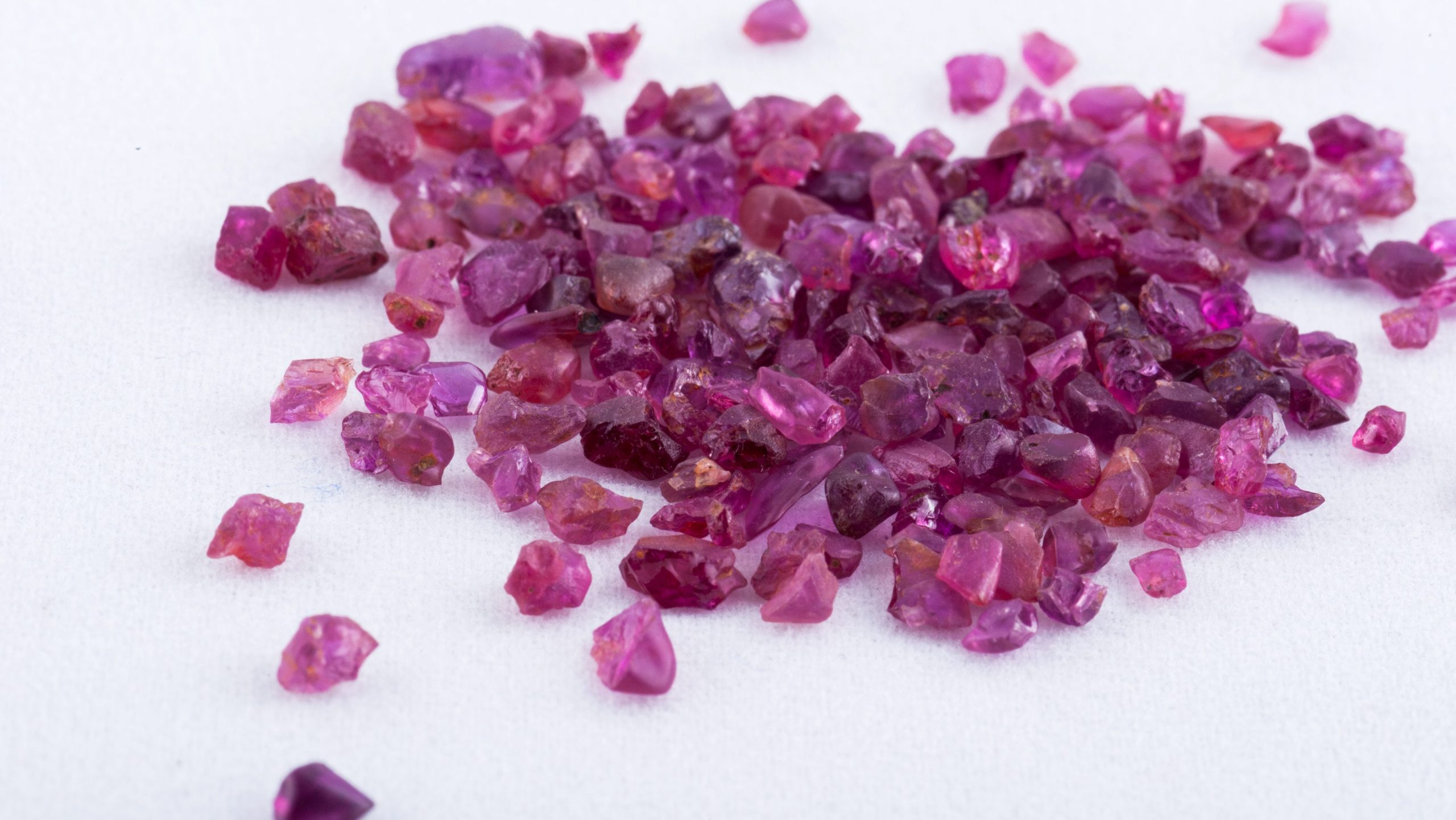
The trace mineral chromium creates both pink and peach-colored sapphires. High degrees of chromium create rubies while lower concentrations give us the pink variety. The shades of pink range from delicate baby pinks to vivid magentas. Generally, the most desired and rare colors are those that feature a high level of pink saturation.
Yellow Sapphires
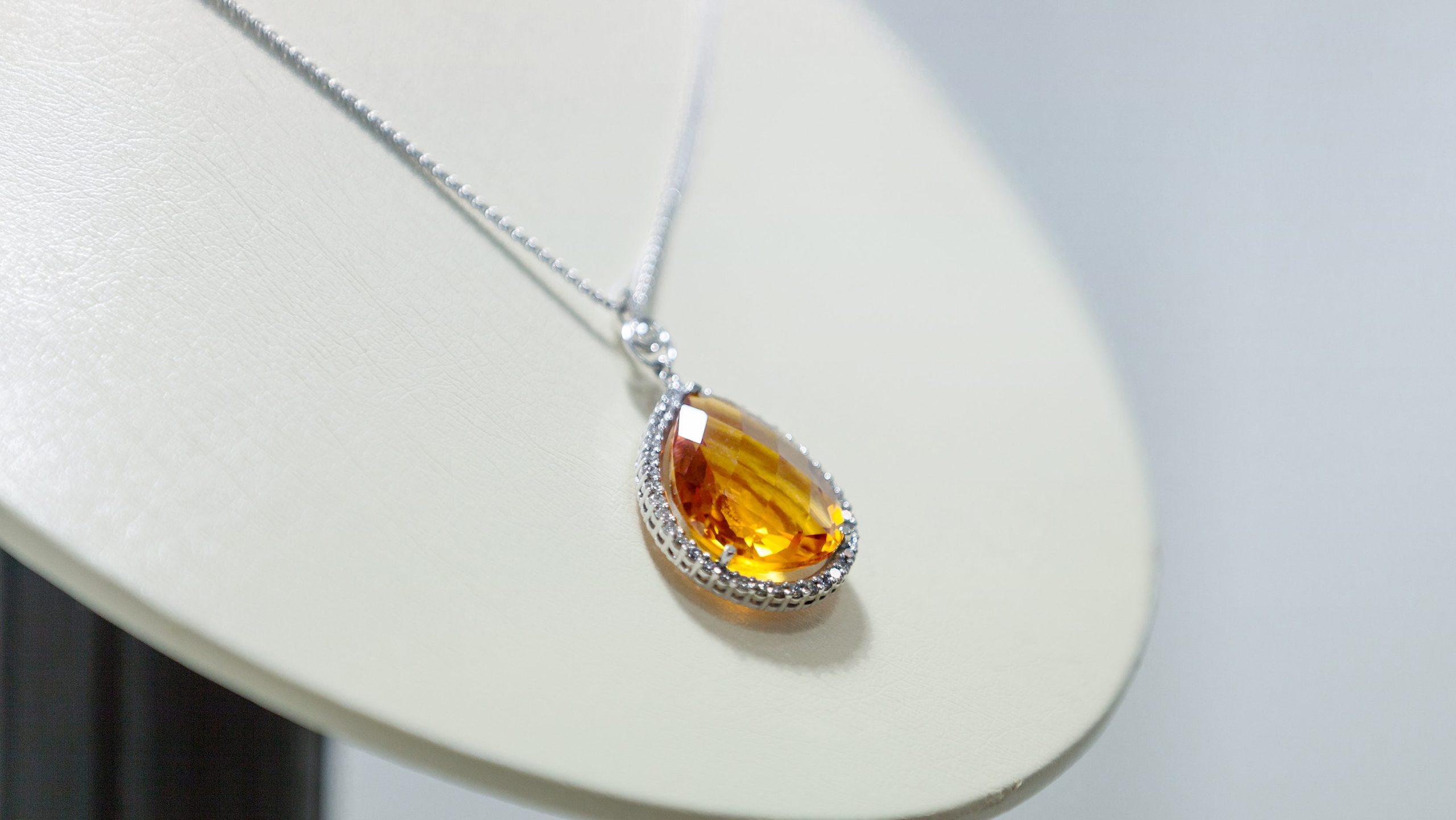
The most striking yellow sapphires contain iron, which can make them vulnerable to feather-type inclusions. Heating can reduce or eliminate these imperfections and is often done with yellow sapphires to enhance their appearance.

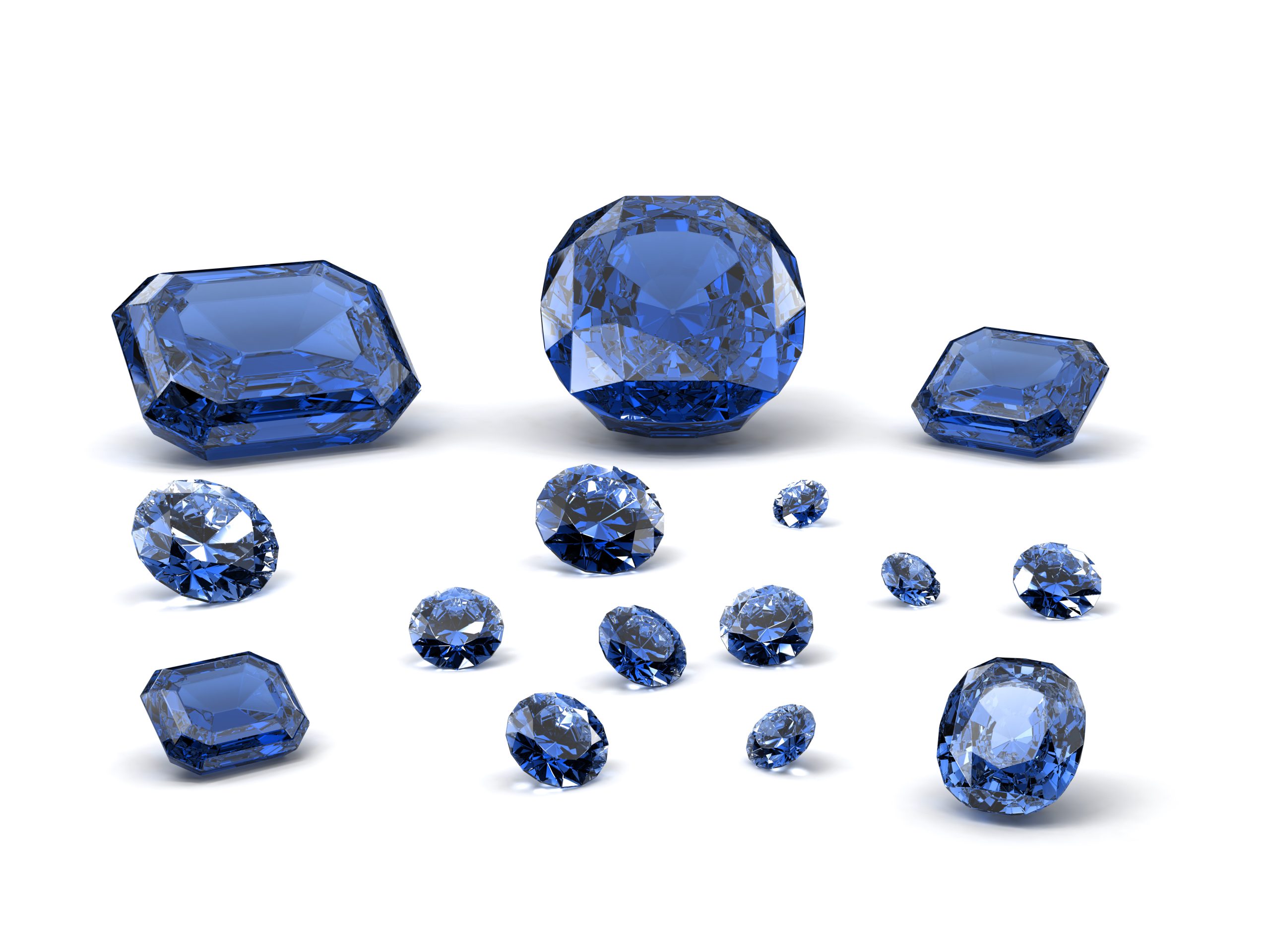
Leave a Reply
You must be logged in to post a comment.